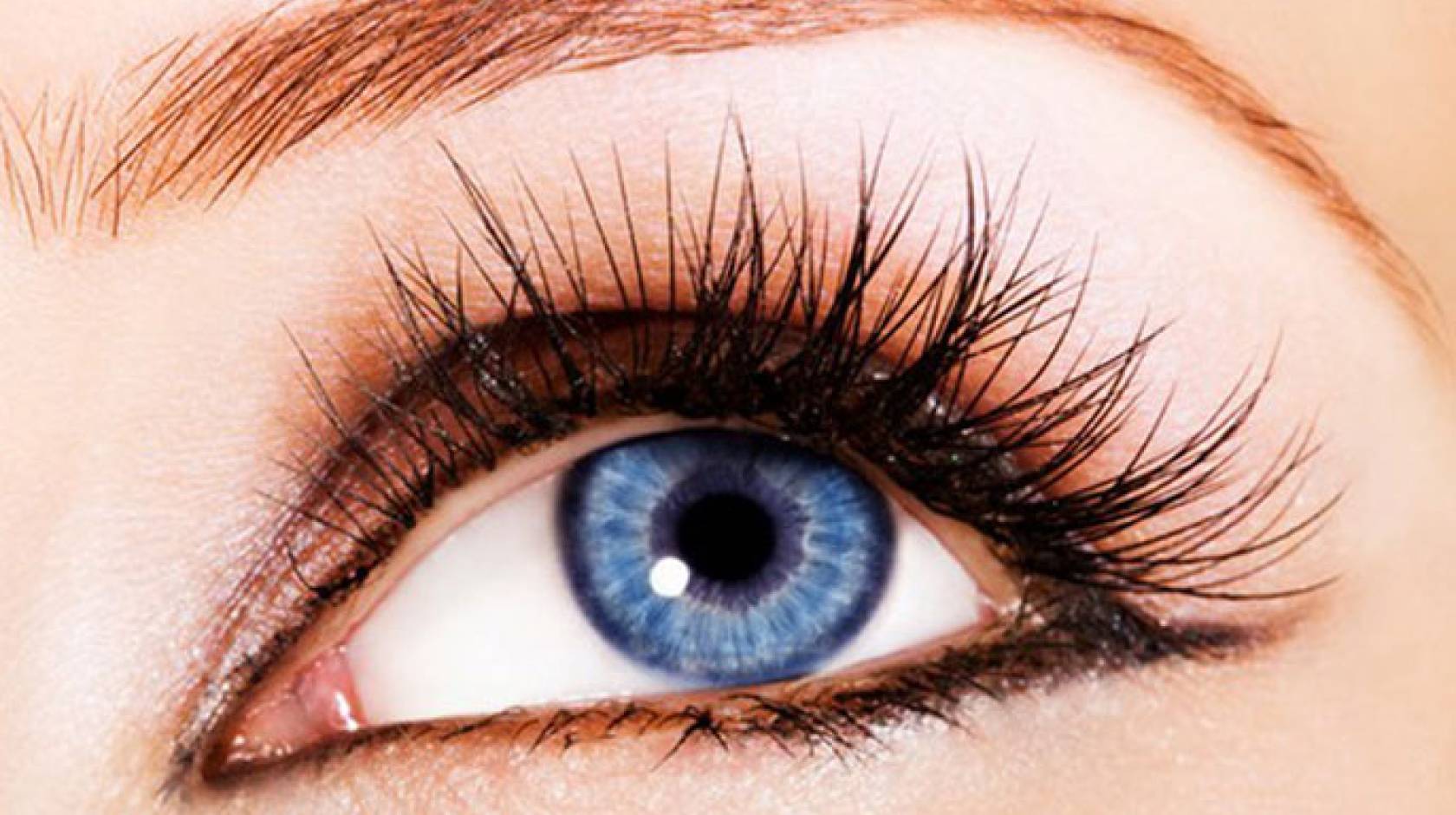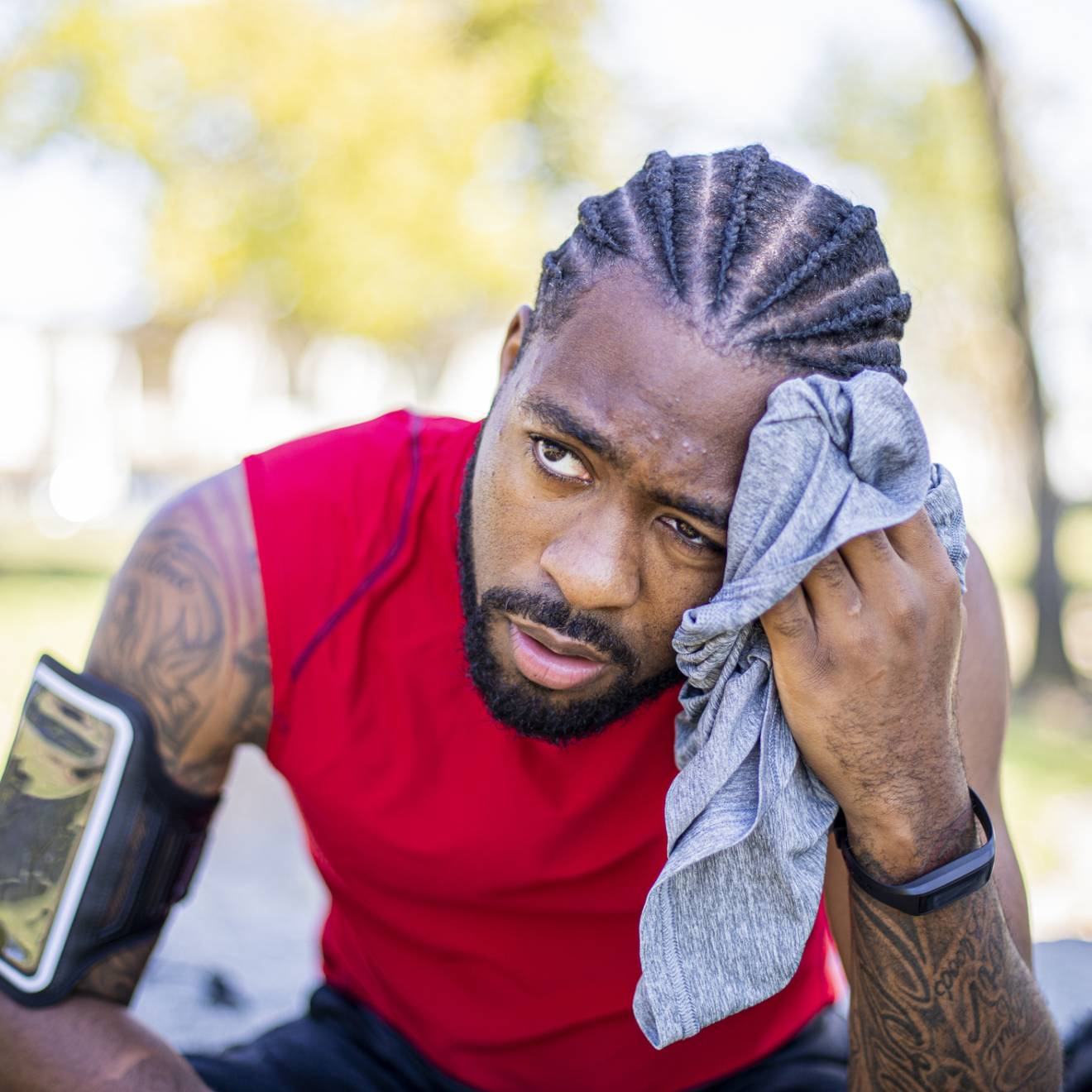Jackie Carr, UC San Diego

Good genes only go so far in resisting aging. For those who want to up their arsenal of beauty boosters, there is a range of over-the counter and prescription medications available to fight skin redness, wrinkles and other beauty battles. Researching why the products were manufactured — and how they work — is important to selecting the best option for you.

Credit: UC San Diego Health
“One common complaint that patients have is skin redness,” said Arisa Ortiz, M.D., director of Laser and Cosmetic Dermatology at UC San Diego Health. “The redness may be a result of dry skin or rosacea, a condition that causes flushing of the face. For people with mild forms of rosacea, nasal sprays like Afrin can temporarily reduce redness.”
Afrin is a nasal congestion spray that contains oxymetazoline hydrochloride. The ingredient works by shrinking the blood vessels in the nose. Ortiz said the over-the-counter medication can be applied to the fingertips and rubbed into trouble spots on the face for relief. It’s an inexpensive alternative to laser surgery and a quick fix before an event.
Another drug with dual benefits is bimatoprost ophthalmic solution. Administered to the eye, bimatoprost can treat glaucoma, a debilitating eye condition. Known as Latisse, it can lengthen and thicken sparse eye lashes. Doctors learned that the vision loss drug had cosmetic value when patients who used the drug unexpectedly grew longer, darker, more voluminous lashes.
“Optimal results from Latisse require daily application over 3 months. Latissse is applied to the base of the upper eyelid but can also be used on thinning eyebrows,” said Ortiz. “If you stop using the product, lashes go back to their original length and fullness. Some patients may see a mild discoloration of the eyelid, which is temporary.”
One of the product warnings on Latisse is discoloration of the iris, usually seen in patients with light brown eyes. It’s a slow progression, so if you notice a change in eye color, stop using the product.
Botox and birth control
One of the most versatile drugs on the market is Botox. While most have heard of it as a wrinkle fighter, it also is used to treat migraines, muscle spasms and urinary incontinence. Botox was originally discovered by an ophthalmologist trying to treat strabismus, or crossed eyes. The doctor noted that secondary benefit of the bacteria derivative, Botulinum toxin, was a treatment for crow’s feet or wrinkles in the corners of the eyes.
“If injected properly, Botox can treat wrinkles across the forehead, and around the eyes, mouth and neck. It can also treat textural irregularities in the chin known as orange peel skin,” said Ortiz. “The key to getting good results is an experienced injector who deeply understands the anatomy of the facial muscles.”
In addition to the skill of the injector, Ortiz said postcare can impact injection results. Patients should treat the injection site with caution, being careful not to rub the skin as it can cause the solution to migrate, leading to ptosis or drooping of the eye. This means don’t sleep immediately after the injections, and avoid airplane travel and exercise for at least 24 hours after injections. Also be careful of wearing sunglasses or hats that may press on injections sites.
Before trying any medications, try common modalities first. For example, birth control can be a short-term, effective treatment for acne. But before taking a pill, focus on exfoliation and a gentle skin wash. If your teeth have a yellow tinge, avoid coffee and tea before using toothpastes with activated charcoal or bleaches.
“While prescription medications and injections can have dramatic beauty benefits, drink plenty of water, wear a high SPF sunscreen, and sleep when you feel tired,” said Ortiz. “Good nutrition, rest and exercise should be the foundation of any beauty regimen. If you choose to layer in more strategies, that’s great, but don’t forget the basics.”

